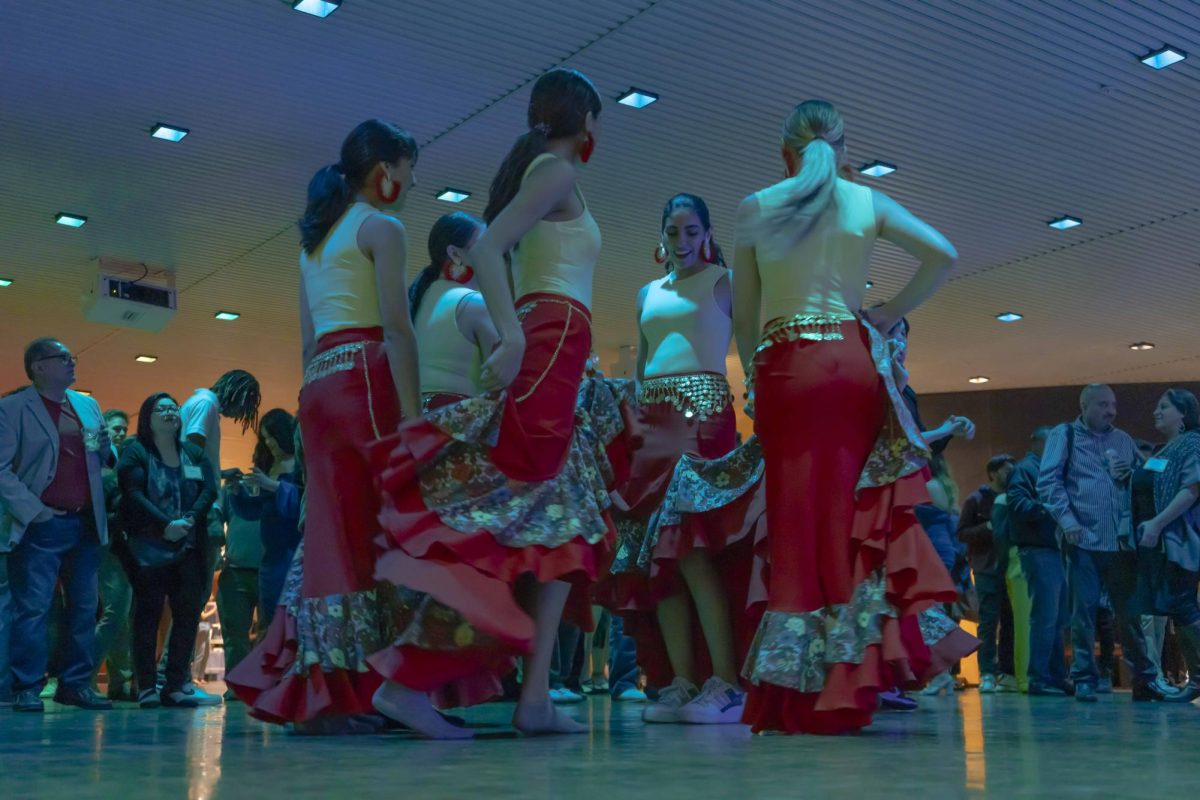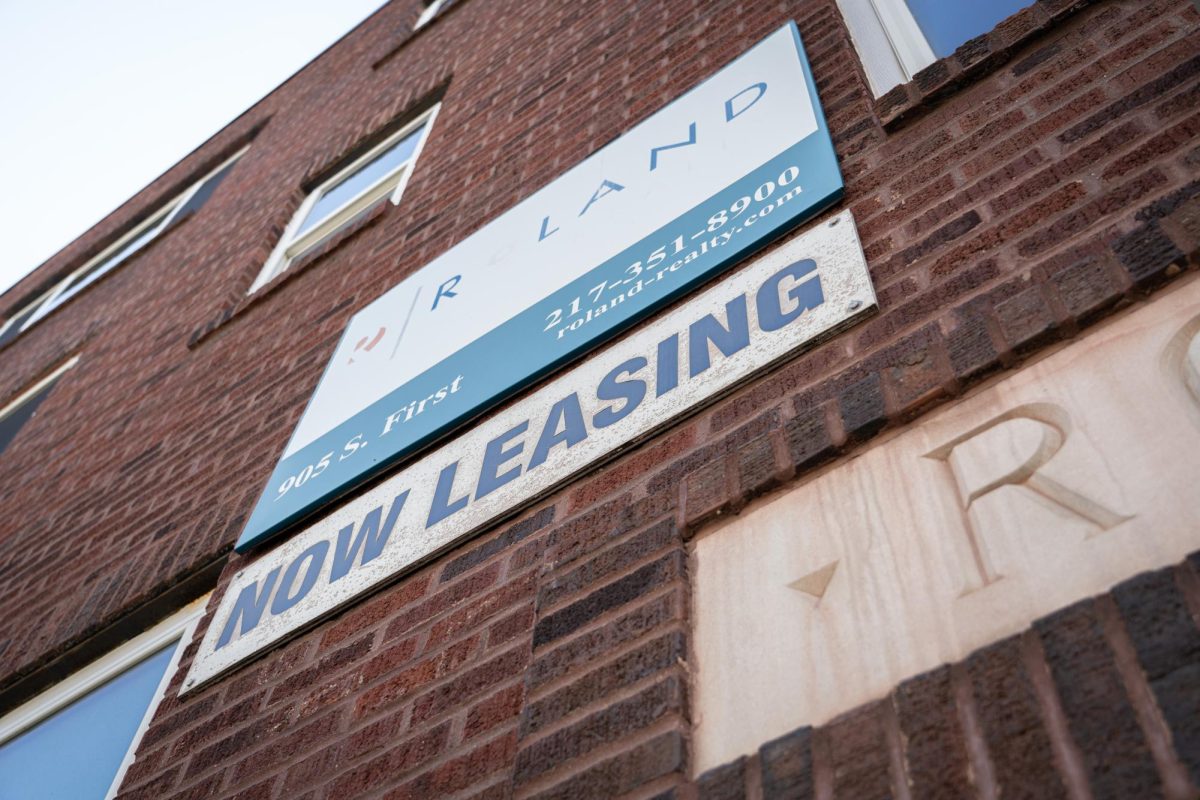Although it is now lined with freshly built luxury student apartment buildings, Champaign’s University Avenue is also paved with regional significance dating as far back as 1940.
Barbara Suggs-Mason, co-chair of the Champaign County African American Heritage Trail, said University Avenue has long served as the unofficial border between the University’s campus and Champaign’s North End, a region traditionally occupied by the twin cities’ African American community.
“Segregation in Champaign-Urbana has been progressive — meaning that back in the late 19th century and early 20th century, when there were few African Americans in the community, it was not necessarily segregated,” Mason said. “As the population of African Americans increased, it didn’t matter whether you were a teacher or a laborer — you lived north of University Avenue, with few exceptions.”
According to an archival study by University urban planning doctorate alum Natalie Prochaska, a report from the local League of Women Voters found that the population of Black residents of Champaign-Urbana quadrupled between 1940 and 1968. This period is when the patterns of segregation grew more evident in previously progressive Champaign, Mason said.
“Those housing patterns were everywhere — it resegregated and (the North End) became known as the Black area,” Mason explained. “Working class whites moved either west to places like Garden Hills or to other new subdivisions. They had covenants (with the local government) where they were not to sell to Black people.”
Get The Daily Illini in your inbox!
Mason explained this pattern was somewhat reversed by the employment of Black professors at the University starting in the late 1960s.
“Today, housing is more open than it was before,” Mason said. “It began to open up when the University of Illinois started recruiting (Black) professionals for the campus and people demanded quality housing in quality areas.”
While this movement eventually succeeded in integrating certain areas, Mason explained that affiliation with the University afforded an exclusive group of Black residents access to previously unavailable housing.
“African American people were being employed in those positions at the University and it was kind of known in the community that they were,” Mason explained. “It was increasing. I’m not going to tell you it was huge, but compared to what it had been, it was better.”
According to Mason, the University likely had power in determining whether or not a Black employee would have access to previously unavailable or predominantly white neighborhoods.
“Some individuals and their families could afford to move into what you might want to call white spaces and they were open to them,” Mason said. “I don’t know all of the inside track in terms of how the University of Illinois helped to get them into those spaces, but I imagine (University affiliation) certainly helped.”
Andrew Greenlee, professor in FAA, explained the University often had more impact on housing and segregation patterns throughout the area than even local government due to its stake in land and development.
“As urban planners, we think of universities and other large institutions as being urban developers,” Greenlee noted. “The University holds a large amount of property and plays a large role in that. It’s important when we think about those patterns, we can think about the roles of the local governments and the county and that we think about the role that the University has played over time.”
Greenlee reiterated the importance of University Avenue as a line in discussions surrounding the boundaries of Champaign’s historic North End, noting the residential separation between communities still exists.
The Champaign County African American Heritage Trail serves the area as a reminder of the areas that have been underscored with significance for the local African American community, outlining significant sites across the region.
Greenlee said there are likely reasons other than segregation at play when discussing why community members continue to live on the North End rather than moving into now-integrated housing.
“It’s kind of tough to capture the story or the reasons why people might be choosing to live in some of those places and to separate that out from a lack of choice,” Greenlee explained. “Understanding the mix of those factors or what underlies them now is a lot more challenging to diagnose than it is to kind of think about this across history.”
According to Mason, the blurring of boundaries between the North End and predominantly white areas of Champaign-Urbana has not caused the local Black population to identify with their historic neighborhoods any less.
“You have people who live now on the southwest side of town, but they still drive to the north end to go to church,” Mason said. “It’s important to feel like a part of the community.”













